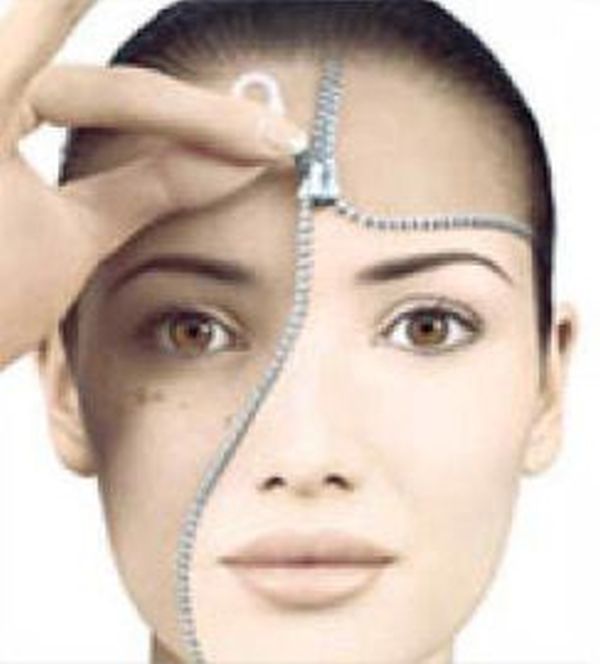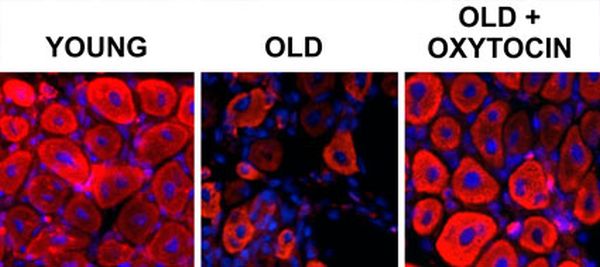Until now, we knew Oxytocin as the hormone which is associated with sex, childbirth, maternal nurturing and other kinds of social bondings. But researchers at the University of California, Berkeley, now claim that Oxytocin has a bigger role to play and have found to be majorly contributing in repairing and maintaining healthy muscles in elderly mice.
Oxytocin is known to be released into the blood by the pituitary gland of the brain on experiencing a hug or even with a loving gaze and it also increases libido. Its level increases during and post childbirth and helps in mothers and child bonding. The hormone is found in both the sexes, however, it is not clear what level of the hormone is beneficial for maintaining healthy tissues and during which stage of life the hormone levels start declining in humans.
In previous research work, researchers have found factors in blood that are linked to aging. But the treatments for combating aging is not completely safe and are known to be adding risk of cancer. On the other hand, Oxytocin has been approved by the Food and Drug Administration as the anti-aging molecule for clinical use in humans, which can boost muscle and tissue recovery in elderly people.
Oxytocin Repairs Damaged Muscles
Researchers in their study to understand the role of oxytocin in muscle healing, administered the hormone under the elderly mouse skin for nine days. They observed that the mice undergoing the oxytocin treatment showed faster muscle recovery than the other group of mice without oxytocin.
They also noticed that the young mice when induced with extra oxytocin did not show any sign of alteration in muscle regeneration. This indicates that extra oxytocin helps in repairing old tissue stem cells without causing muscle stem cells to divide insanely.
The study also revealed that in mice, ocytocin levels in the blood decrease with advancing age. And in old mice oxytocin receptors found in muscle stem cells are also fewer in number as compared to juvenile mice.
Untimely Aging
Researchers also studied the effects of suppressed oxytocin in juvenile mice and compared them with the group of mice with normal oxytocin. They found that such mice were unable to repair injured muscle. Initially the muscle mass or ability to recover from a damage was similar in both groups of mice. The difference like early aging became conspicuous only after the mice with suppressed oxytocin attained adulthood, indicating that these mice were incapable of muscle healing and which resembled injured tissue.
Researchers after the study conclude that the impact of the oxytocin gene is observed in later stages if life. It plays an important role in the aging process, unlike other genes linked with tissue repair, which, if blocked, start to show defects immediately, during the embryonic stage, or early stages of life.
Oxytocin: Obesity and Bone health
Researchers also believe oxytocin play a significant part in combating obesity and improving the health of the bones. Though the oxytocin testing is confined till mice, further study will explain oxytocin role in maintaining a healthy life in animals and later extending its benefits in harnessing anti-aging results for humans. In humans with age, a number of diseases come into existence and if researchers find a way to combat aging, it might take control of related health hazards thus ensuring a longer and healthier life.
Source: UC Berkeley
Image: behealthycenter





